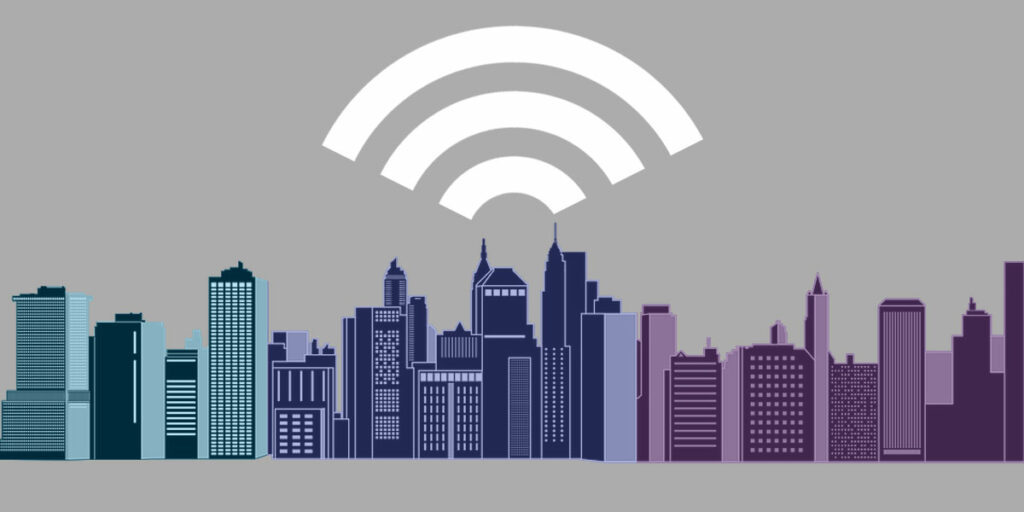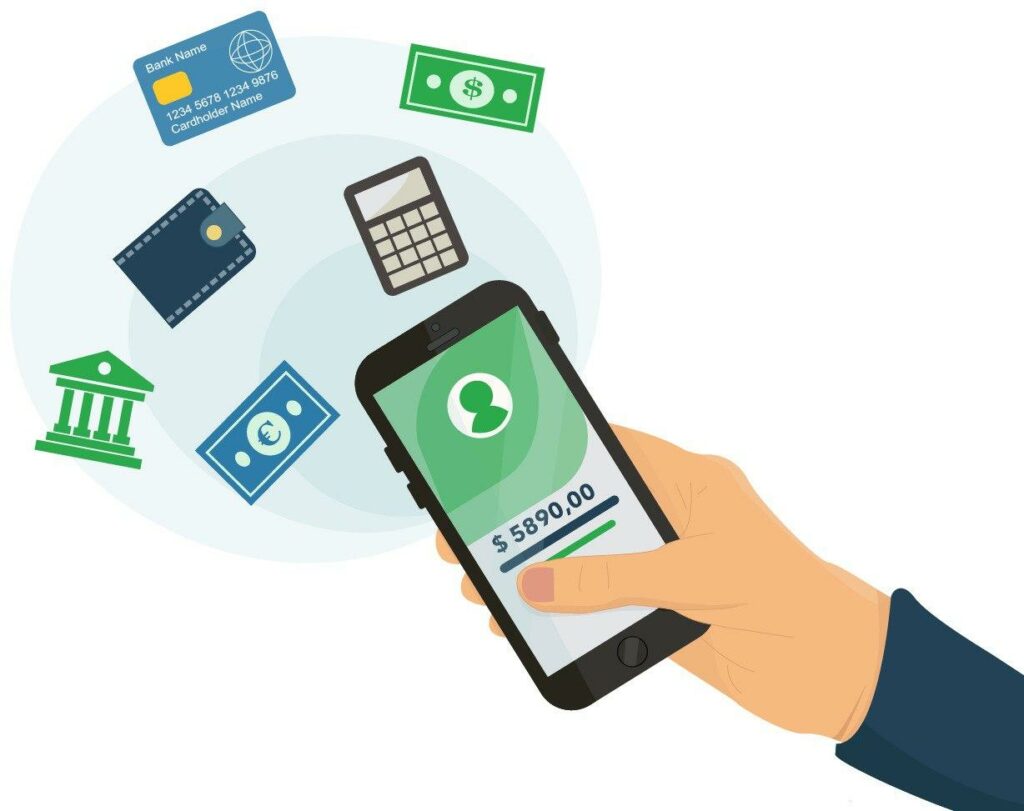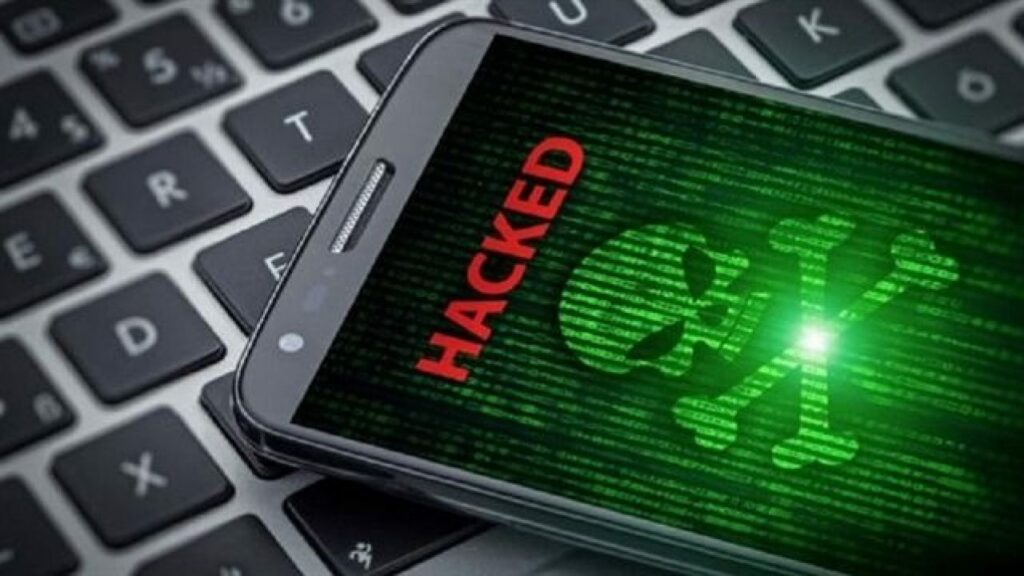
- What is a digital identity?
A digital identity can be anything from what you post online to how you interact with others on social platforms. This is a cross-network concept, which means that the things you do on one social media platform are integrated with your activities on another, which comes together to create this digital identity you are building for yourself. I do a part of this consciously because, being a photographer, digital creator, and marketer, I see my digital identity as my personal brand, which is essential to have well established when I am looking to find new clients. I post, comment, and share content relatable to my industry in hopes of attracting those with similar interests or needs, but that is the public eye of my digital identity. Most individuals aren’t aware that they are building this sort of identity on these channels and are just going day to day. Your digital identity can be private, from your search engine history and what’s in your shopping cart to your online banking. This is information you don’t want people to find out and is not public for everyone to see, but that doesn’t mean it isn’t a part of your digital identity. Everything you do that involves the internet, website, or game is a part of building your digital identity, whether you want it to be a part of it or not.

– How do personal versus professional approaches to digital identity affect social media use?
My personal versus professional approach to my digital identity (I look at it as my personal brand) does affect my social media use. A few years ago, when I didn’t see social media as a medium for finding clients or networking with professionals, I posted like your typical teenage girl. I posted selfies, going out, memes, and things that you probably wouldn’t want a potential employer to see. Social media was a game where I could post stuff for laughs with no point to them. The personal approach to my digital identity was exactly what I was doing. There was a switch that went off after high school where I wanted to enter the professional world where I would be taken seriously and not just viewed as a kid anymore. This time in my life is when I entered my professional approach. As a photographer and digital marketer, I treated my public social media profiles as my portfolio. I became more aware of how I would comment, who I would engage with, and what photos or stories I would post. With this, I intended to attract the eye of professionals, not just friends. In doing so, I changed what my digital identity looked to the public eye; instead of being a silly teenage girl, I was now a serious photographer. By having a professional take on your digital identity, I find that you are more responsible, use more consideration, and form connections that can make a difference in your life.

– How do digital identities converge in networked publics – what are the impacts and benefits?
Your digital identity can be built on social media, which is a public network. You can comment, share posts, and interact with others which is all a part of your digital identity. On social media, your activities are public even if you are private; not all actions are private. Everyone who has a profile, in a sense, converges together through the different types of interactions available on these platforms; resharing posts, sending images to friends, and replying to comments. This creates an integrated system of digital identities that build off of one another, for example, the number of followers, likes, and comments. The benefits of converging digital identities in networked publics allow opportunities to make new connections, collaborate, and increase creativity. We have opened the doors to advance innovation like never before; take a look at how far society has evolved since the introduction of networked publics. However, with all these positives, there can be negative repercussions. Everything you post online isn’t truly entirely deleted, which can be dangerous for not only those involved. Let’s say you accidentally post a photo of your famous friend doing a scandal act; well, you probably ruined your friendship, potentially ruined their career, embarrassed those involved, and damaged the public portrayal of your friend. The power of public networks can be dangerous, not only accidentally posting photos but also harnessing the power of bullying, harassment, and shaming. The convergence of network publics is genuinely a fantastic innovation that has changed the world as we know it. Still, if we aren’t careful, negative repercussions can occur from online to affecting our real-world life.

– Can a digital wallet provide trust in networked publics?
The concept of having your bank card on your phone does not directly correlate to providing trust in the networked public. Yes, your banking information is private information, and you don’t just want that in the hands of anyone, so there has to be trust in whom you give that information. Many individuals do not have a digital wallet based on the low level of trust in these networks, so just because this is a feature available doesn’t provide these individuals trust. I have a digital wallet, but I didn’t do it because I trust the network; I did it to increase the simplicity in my life. I would not be surprised if my phone was hacked and they got my credit card information, as this is a risk I signed up for when putting my card information into my phone. We hear about phones being hacked and information being stolen, so I can’t fully trust a network public if we know that this is possible and happens all the time. The networked public websites and features it provides have areas that create a dangerous space in themselves, so the addition of a digital wallet does not provide the level of trust they were hoping to install. In the end, I believe it creates a false sense of trust in a dangerous network if proper precautions aren’t taken seriously.
